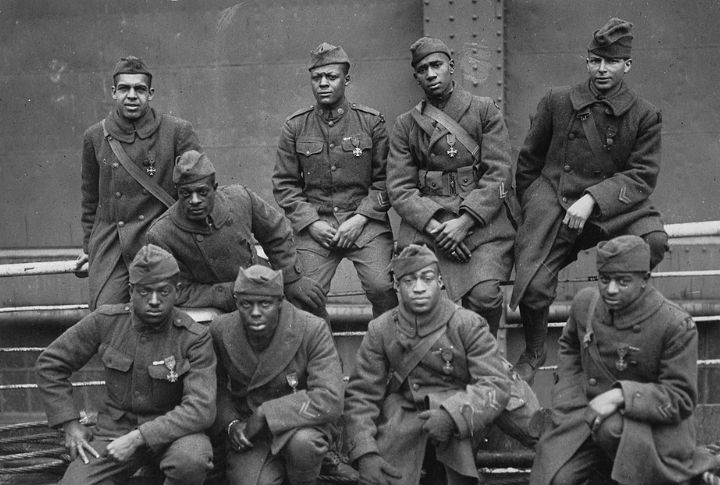
You probably didn’t hear about the Harlem Hellfighters in history class, but their story deserves the spotlight. They faced challenges few could imagine and rose to every moment. Their courage reached far beyond the battlefield. These stories aren’t often told, but once you know them, they’re hard to forget.
Nickname Came From The Enemy

“Hellfighters” wasn’t a title assigned by American commanders. It was first used by German opponents who couldn’t ignore this unit’s relentless push forward. The nickname spread quickly. Though unexpected, it became a badge of honor, one this regiment embraced through every hard-fought encounter.
Built Camp From The Ground Up
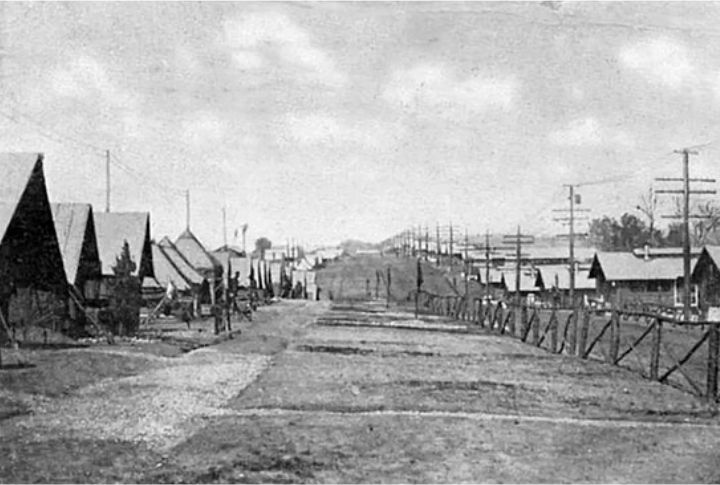
At Camp Wadsworth in South Carolina, the 369th Infantry encountered harsh segregation that restricted access to essential services. Rather than giving in, they took action. The adversity they faced during training helped forge the discipline and strength that would define them in battle.
Fought Wearing French Gear
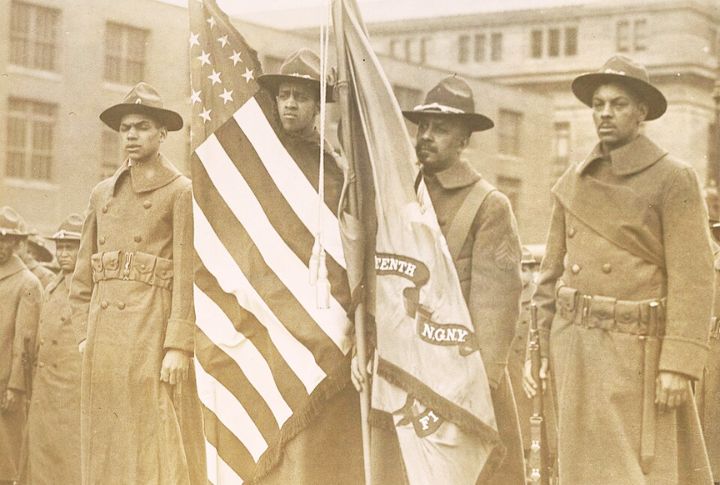
Since U.S. forces refused to give them equal combat roles, the regiment was placed under French command. Dressed in French uniforms and carrying unfamiliar weapons, they headed to the front lines. But gear didn’t matter. These men proved that courage and determination were what truly made a soldier.
Jazz Band Initiated A Cultural Movement
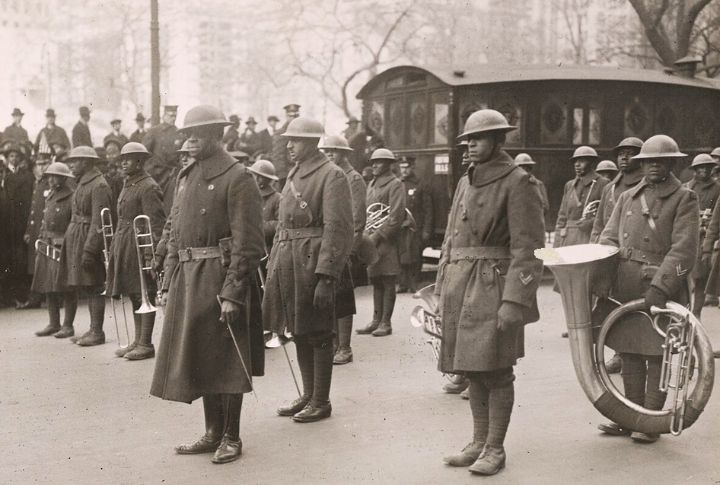
Led by James Reese Europe, the regimental musicians thrilled European cities. With infectious rhythm and vibrant melodies, they introduced jazz to people who had never heard anything like it. Crowds followed performances with joy. This sound left an impact far beyond military service.
Henry Johnson Was Fearless Alone
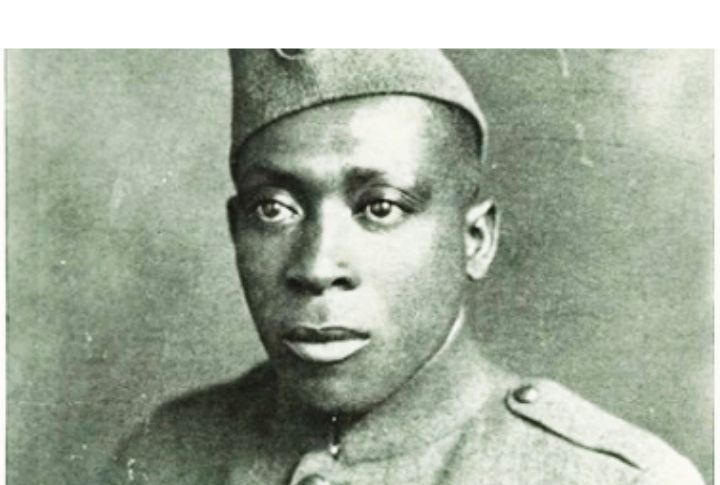
During a nighttime ambush, Henry Johnson held his ground against overwhelming odds. Wounded and outnumbered, he defended a fellow infantryman with just his rifle and a blade, ultimately saving his comrade’s life. France honored him right away. America took nearly a century to catch up.
Reached The Rhine Before Others Did

On November 30, 1918, the Harlem Hellfighters became the first Allied unit to reach the Rhine River. According to the U.S. National Archives, their early arrival during the post-armistice occupation marked a powerful moment of both military success and overdue recognition for Black soldiers.
Longest Deployment Of Any U.S. Unit In WWI
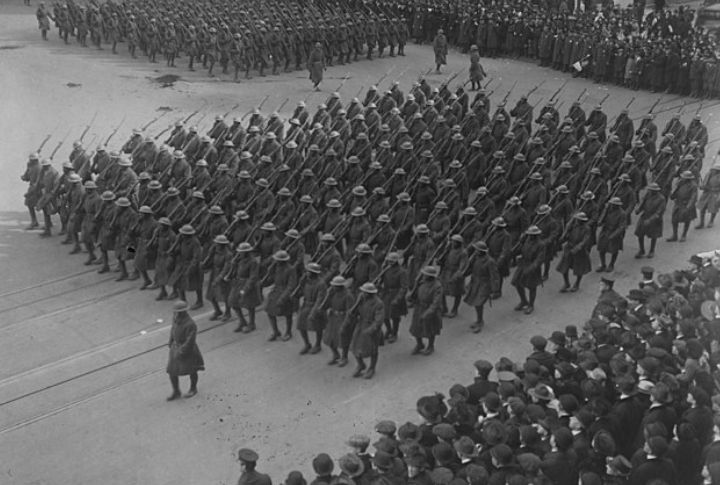
The Harlem Hellfighters were battle-tested. This regiment spent a grueling 191 days on the front lines, marking the longest continuous service of any American unit in the war. While others rotated out, they held their ground, fighting through mud, cold, and constant danger without complaint or rest.
Finally Recognized By The Army
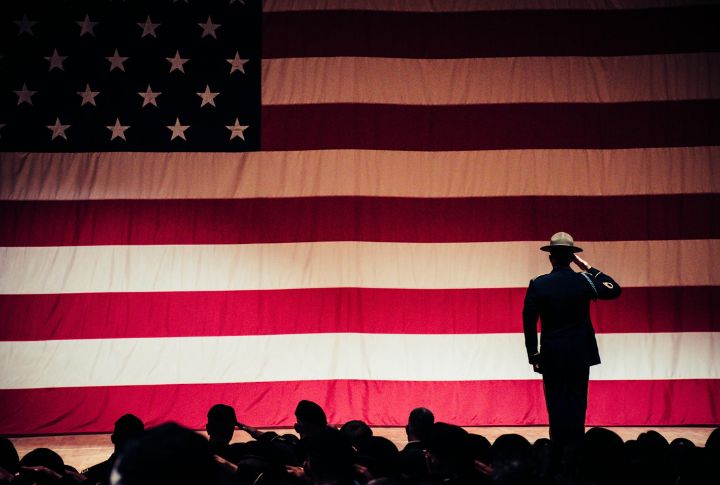
In 2020, the U.S. military officially renamed the 369th Regiment as the Harlem Hellfighters. It was a long-overdue honor but a powerful one. After generations without recognition, their contributions were finally part of formal history. That moment gave weight to everything they had already proven.
Used Clubs In The Trenches

Close-range warfare demanded silence and creativity. These servicemen crafted trench clubs from wood and scrap metal. Deadly in stealth attacks, the improvised weapons reflected the brutal reality of survival. Each one bore a personal touch, shaped in haste and wielded in moments of desperation.
Honored With A Harlem Parade

When the Hellfighters returned home in 1919, they were met with a sea of applause. A parade stretched from lower Manhattan to the heart of Harlem, where crowds waved flags and sang with pride. More than just a celebration of their service, it was a heartfelt recognition of Black heroes.

